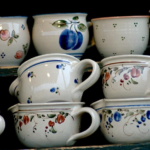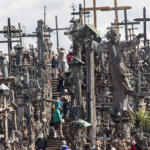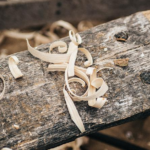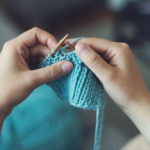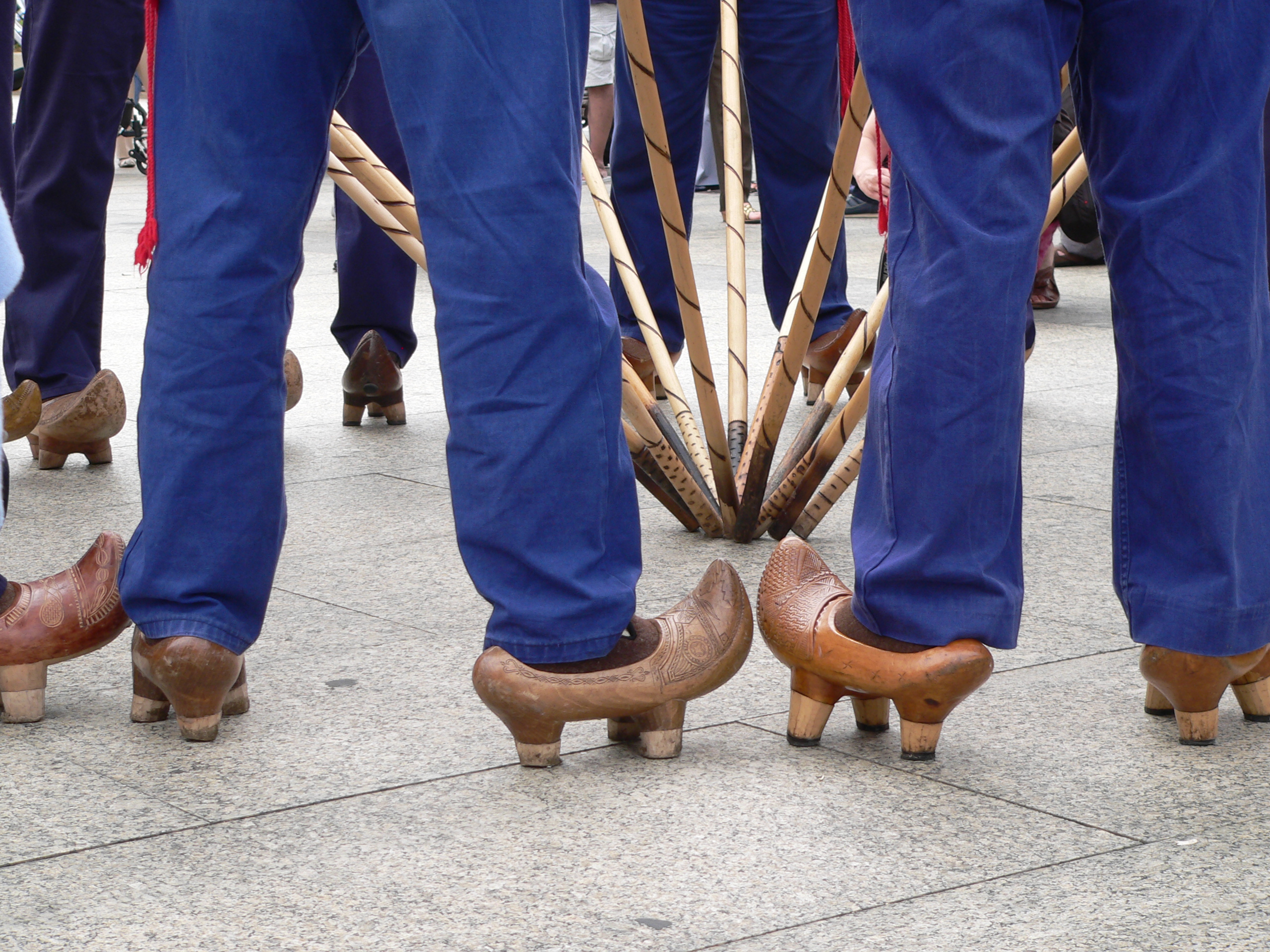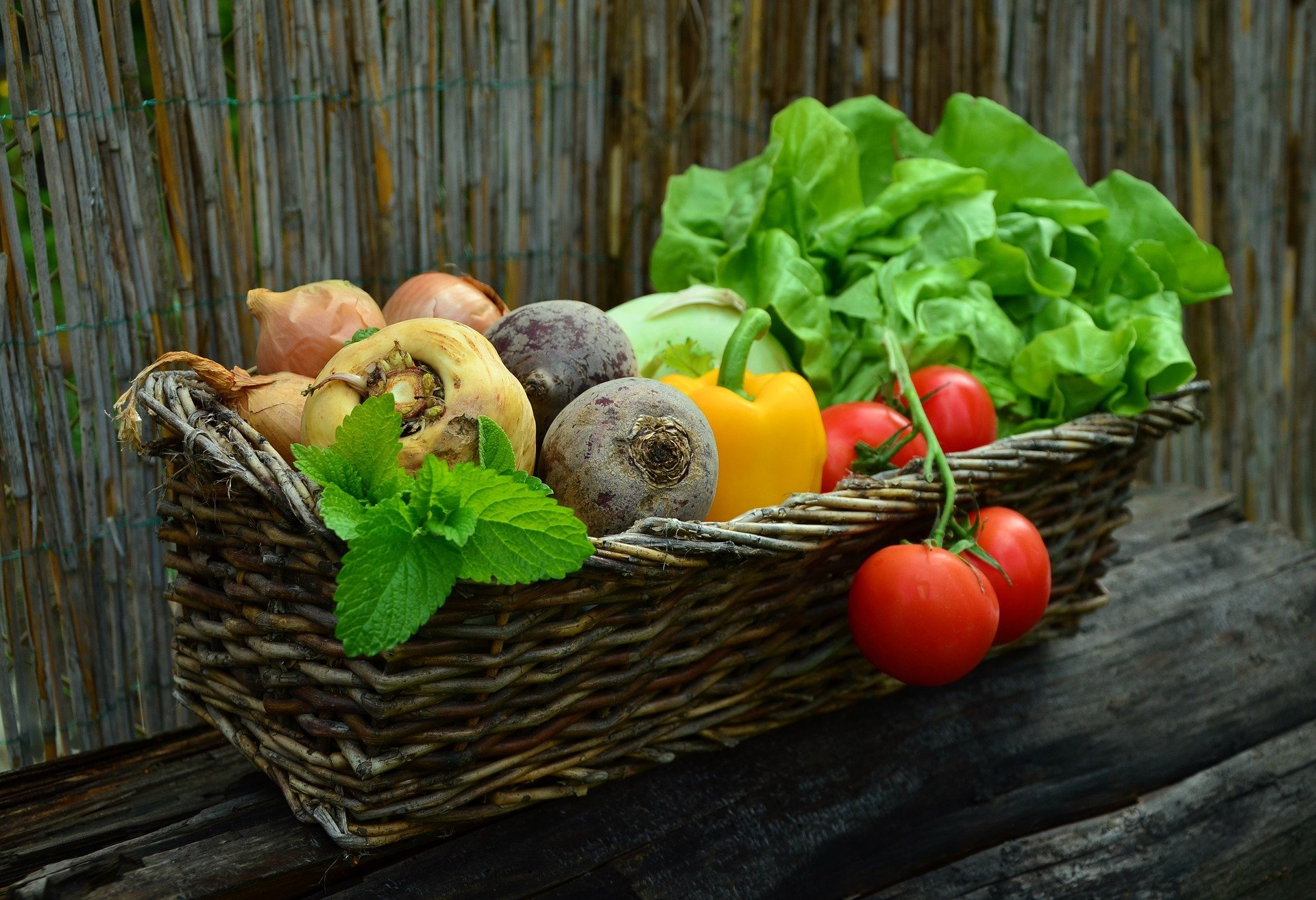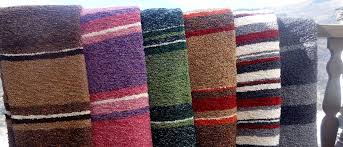Cantabrian Albarcas shoes in Spain
Country of the crafting: Spain
Region of the crafting: Cantabria
Type of the crafting: Wood
1. Geographic Area
This type of crafts are common in the north of Spain,in the Cantabrian Community.The Cantabrian albarca is a rustic wooden footwear of a piece, which has been used especially by the peasantry of Cantabria, in Spain. This apricot is similar to the other models in other Spanish regions, but it has significant features and distinct characteristics both in its elaboration and in its use. This type of footwear also bears some similarity with the Dutch clog.
2. Craft characteristics
In each town there are different models from the others, and in turn, among the apricot trees of the same place each one gives their apricots a personal style that distinguishes them from the others, either in the form or in the drawing, which It is engraved on the upper and visible part, consisting of flowers, leaves, shells, small notches and varied geometric figures.There are some traditional models of apricots typical of certain regions. the main ones are: hociconas, carmoniegas, buckle, ajar, mochas, piconas, etc. the apricots are usually of different models and drawings, if they are made for men or women, and they vary, also, if they are to fit them with booties or with shoes. To put them on booties they mold more to the foot, and with slippers they become looser. When they were ever wearing only socks, to adjust the apricot it was filled with grass or dried corn husks. In this way of wearing the apricots was called going in amazuelas.
3. The technique
The man who make the Cantabrian Apricots are called ALBARQUERO, it was an important trade in the woodwork of Cantabria because agriculture is difficult to develop in certain Area s of the region.During the seasons in which the farm workers were less important, the apricot trees climbed the mountains and there they cut and prepared wood for the manufacture of the apricots. They used to go during the months of spring and autumn, when they finished the workings of tillage and the collection of the grass.The piece of wood is emptied to build the “house” where the foot will enter. Finally it is cut decoratively. Requires around 20-30h per piece.
4. Used materials
The most important material was wood because the apricot was made by this matter.The wood used in the manufacture of this footwear is usually green, because it works better, and the most used is birch, alder, beech, walnut and others, such as chestnut mallet, black poplar and zalgatera, which can be use occasionally.
5. History
The beginning of the use of this footwear in the northern Spanish regions (especially in the Cantabrian) is ignored, but they are already cited in a document of 1657, in which King Felipe IV asks the Pope to create the Diocese of Santander.In the Cadastre of the Marquis de La Ensenada, year 1752, there is the trade of albarquero in several towns in the western Area of Cantabria.Given the humidity of the climate of the Area , it is a very appropriate footwear to preserve the feet of the water and dirt of the soil of certain tasks that are carried out in the stable, in the meadows and in the farmland. It is practical for walking on rough terrain, suburbs, and also on snow, because the “targos” or lower heels give rise to the foot and provide agility when walking.

